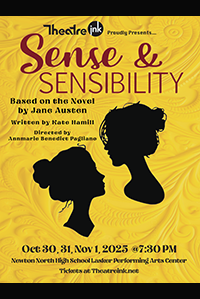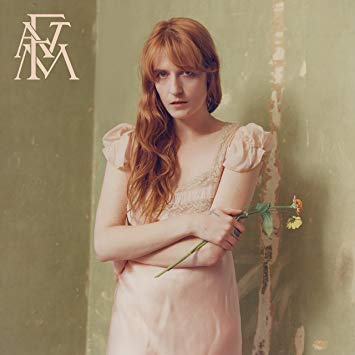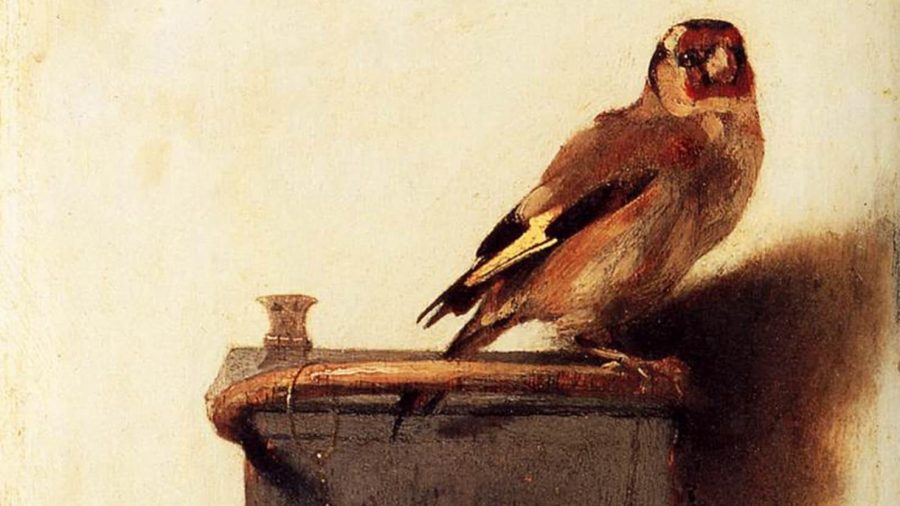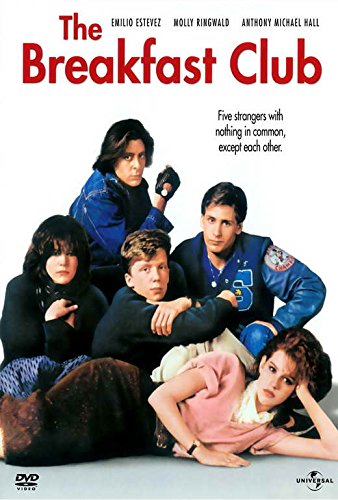
by Leah Budson
Teenagers are more likely to read Twilight in their free time than Pride and Prejudice, despite the fact that most consider Jane Austen to be a superior writer to Stephenie Meyer.
In a popular work, like Twilight, its worth is measured by the number of copies sold, just as the value of a website is often measured by the number of views it receives.
Both good literature and popular literature sell copies, but many people enjoy cheaply addictive pieces rather than ones of quality. Both types of literature have their place, and quick reads can be done well, but, as shown by the industry for commercial literature, some viewers do not value the quality of a commercial work.
Online, the fight between quality and the number of views escalates with viewing statistics that show how many people see each of your posts. Despite these statistics’ emphasis on the popularity of websites and blog, producing something of quality should be a higher priority than producing something that warrants many views because you will feel better about your work in the end.
For many tumblr users, notes, the number of re-blogs and likes for each tumblr post, often dictate what users post and reblog, rather than bloggers posting what they think is valuable. In the larger picture, this rationale is driven by a desire for more viewers, despite the fact that people would get more satisfaction by posting things they like.
In eighth grade, I had a tumblr in which I posted original photography, and I lived for the e-mails I received notifying me of the notes I received on each of my photographs.
Sitting at my computer late one night after posting my first few pictures, I remember my excitement at finding that I had already received notes, meaning that people were actually seeing my work and liking it.
The notes felt like a validation of my talent, however, what I discovered was that the number of notes a picture received was entirely unrelated to the quality of the picture photographically––a picture taken on my phone of some graffiti could easily get eight times the notes of a film photograph of a sunset in Alaska.
Although it’s difficult to pinpoint makes certain pieces popular, the subject of a photograph or a piece of writing is often viewed as its most important part, rendering the actual photographic and writing quality irrelevant. Suspenseful topics like vampires seem more interesting than the intricate social concerns of Pride and Prejudice, even if the latter contains better writing.
Ultimately, the posts with the most notes on my tumblr came to set examples for both what I took pictures of and what I posted because I wanted more notes on my photographs. The need for more notes was purely egotistical, although I justified my ultimate goal as wanting to share my photography with more people. However, what was the point of my tumblr if it didn’t have photography I was proud of?
Despite the fact that I thought more views would make me feel more accomplished, each coming note brought me less satisfaction than the last. When I received notes for a picture I didn’t like as much, I felt frustrated about not having received notes on my favorite photographs. As I gained notes with greater frequency, each re-blog stood out less, and I was left with a blog I was not proud of and accompanied by no satisfaction from my notes. The same is true for any website––the more work you put into making it something you appreciate, the happier you will be.
As exhilarating as it was to see evidence of people actually viewing my posts, it was an inconsistent thrill that depends on circumstances out of my control. If I had posted only things that I thought were good, then each note would have meant more.
Publishing a piece of quality literature is more fulfilling in the long run, as shown by the legacies earned by authors like Jane Austen. In the same way posting high quality worked, whether on a tumblr blog or on a different website, will in the end make you feel better about your blog, no matter how many views you receive.
Read last week’s “And Online World.”













































